Enterprise software is facing a generational stand-off. While Gen Z enters the workforce with skills in AI, Python, and user-first thinking, many manufacturers are still running systems that emerged around the same time as Microsoft Excel.
The digital skills gap in enterprise software is real. That is especially true for sectors such as midmarket manufacturing. Many of the companies here started life as factories, operate traditionally and have been slower to adopt emerging technologies.
But embracing new ways of working (and talent) will be crucial for vendors and users alike. By rethinking their approach, they can make it more appealing to emerging talent, unlock previously untapped potential from enterprise software solutions, and help companies to differentiate through innovation.
The enterprise software skills crunch
Enterprise software comes in many shapes, sizes and styles. From Enterprise Resource Planning (ERP) to Customer Relationship Management (CRM), and Business Intelligence (BI) to Human Resource Management (HRM) systems, to name just a few examples.
Although they are all different there is one main similarity – they are all intrinsic to the way many organisations operate. However, software such as legacy ERP, which was once the backbone of the company, is now regarded as archaic and clunky by many younger members of the workforce.
Gen Z, especially, is simply not engaging with enterprise software in the same way that their predecessors did. They want technology that inspires them, not restricts. Younger workers are interested in Low-Code / No-Code, Python and ML, not outdated systems. They prefer modern programming languages such as JavaScript and expect cloud-native and user-friendly interfaces that can be accessed from anywhere, ideally automatically scaling to the size of the device they are using.
This is driven in no small part by the emergence of social networks like TikTok. The user experience differs from that of previous social media platforms, and TikTok’s ubiquity among Gen Z is astonishing. These people now demand a similar UX and ease of use in the workplace and those needs clash with most legacy enterprise software solutions.
The skills gap impact
This skills gap can have a dramatic impact on organisations. Because the tech has developed faster than the workforce, there is a shortage of people with expertise in technologies such as AI and IoT. Not only does that mean hiring such experts can be much more challenging, but when you find the right person, it is very much a candidate’s market.
Employers can expect to pay more than they might have done a few years previously and it can also be a longer onboarding process when you factor in the need to bring people up to speed with unfamiliar systems, which can also make retention even more difficult. As and when full-time staff can’t be found, it increases the reliance on more costly external consultants to plug the gaps.
Enterprise software and Gen Z
So, what exactly does Gen Z want from a career? There are the more general requirements – decent remuneration, working for a purpose-driven company and a commitment to work/life balance.
But beyond that, factors such as workplace autonomy and creative problem-solving are playing a far greater role. Using automation workflows or data analysis, employees want the opportunity to map out their own role and do so in a manner that suits them best.
Exposure to real-world impact such as reducing waste and increasing supply chain resilience is also important, as are the opportunities to work with AI, data and cloud infrastructure, and to develop their skills in those areas.
The opportunity to modernise and how to approach it
Much enterprise software is not well-placed to support those goals. But it certainly can be. In the sector I work in, ERP, it is much more common now to see vendors updating their tech stack, introducing APIs, low-code platforms, mobile-first design and much more.
By updating legacy systems with vendors’ latest offerings, it means organisations can use enterprise software to attract and retain talent. In this way, modernisation and digital transformation becomes less of a technical upgrade and more of a talent strategy and future-proofing exercise.
For vendors then, it is clear. Build developer-friendly, intuitive platforms that Gen Z will want to work with. Offer training and open APIs that will provide the opportunity to test and develop your teams further.
For manufacturers, investing in enterprise software that appeals to the emerging workforce is crucial, as is utilising it as part of their recruitment and marketing efforts. In ERP for example, this should be positioned as dynamic, strategic, and tech-forward.
2025 and beyond
The pace of technological evolution can be hard to keep up with, especially in industries like manufacturing that has been slower than others to adapt to AI and other emerging tech. But solving the skills crisis isn’t just necessary for such organisations, it is also a route to better business outcomes.
Embracing new talent means embracing new technology and that is how companies can find real innovation. Doing things the same way as you have always done is no longer effective, and fresh approaches require new skills.







